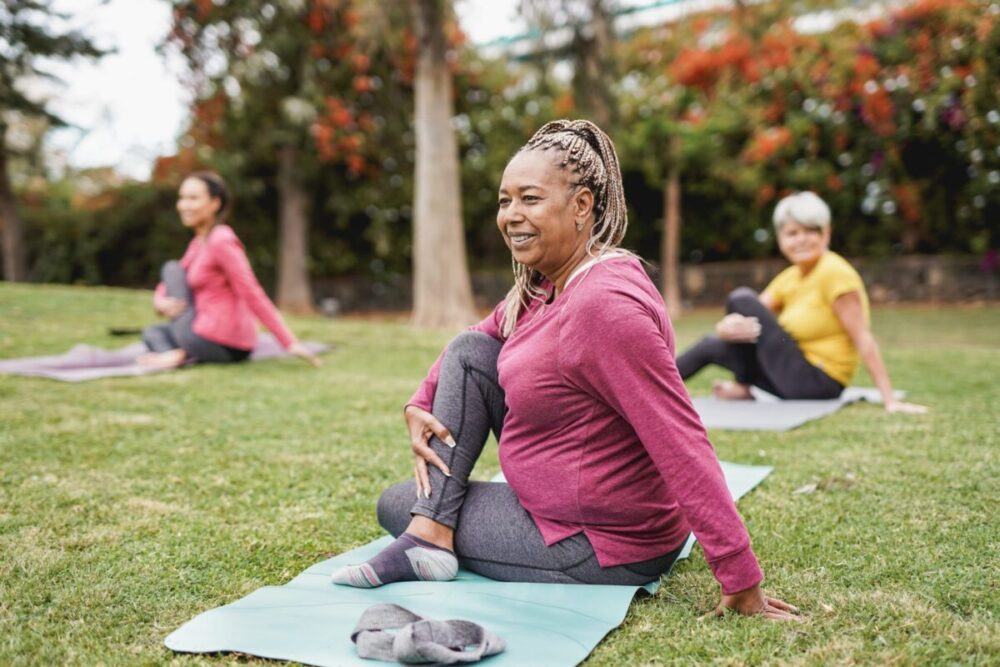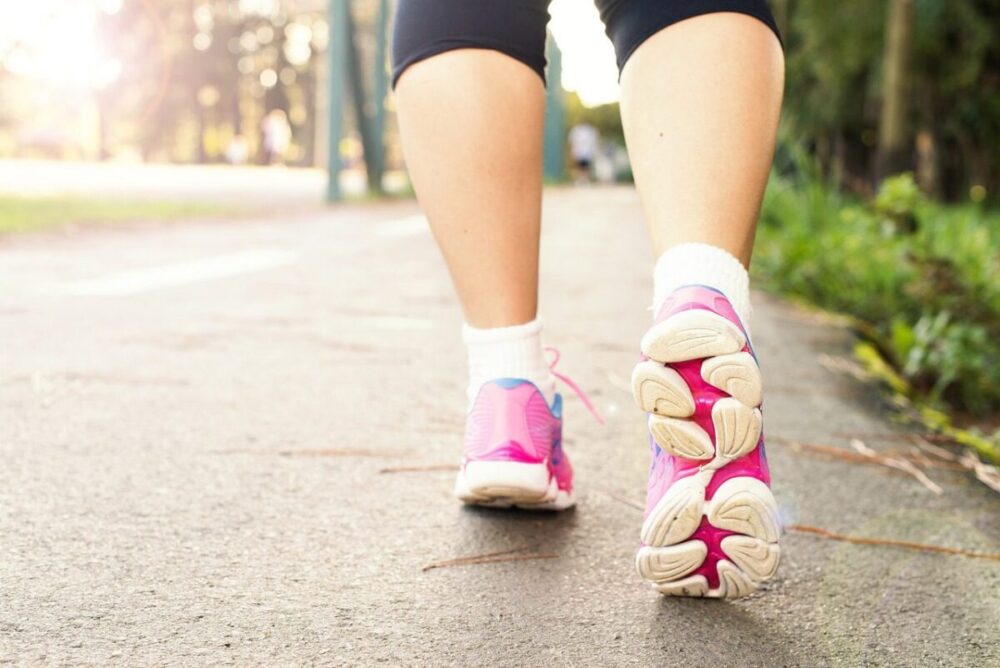Managing hip and knee pain can be challenging, but integrating specific exercises into your routine can lead to significant improvements. Not only do these exercises promote joint health, but they also support overall fitness. In this post, we’ll cover the best exercises for hip and knee pain, drawing from expert resources to guide your routine.
Understanding Hip and Knee Pain
Hip and knee pain can stem from various conditions, including osteoarthritis and injuries. Engaging in targeted exercises helps alleviate discomfort while enhancing mobility. As highlighted by Harvard Health, maintaining movement is essential for supporting joint function.
Best Exercises for Hip and Knee Pain
1. Low-Impact Cardiovascular Exercises
Firstly, consider incorporating low-impact cardio into your routine. These exercises raise your heart rate while minimizing stress on your joints:
- Walking: A simple yet effective form of exercise, walking can be performed daily for 20-30 minutes. According to the American Heart Association, this activity promotes cardiovascular health and joint mobility.
- Cycling: Whether using a stationary bike or cycling outdoors, this workout is gentle on the knees and provides an excellent cardiovascular benefit.
- Swimming: As a full-body workout, swimming is superb for anyone dealing with joint pain due to the buoyancy of water. It helps strengthen muscles while relieving stress on your joints.
2. Strengthening Exercises
Secondly, focus on strengthening the muscles surrounding the hips and knees. This support can alleviate pain and improve stability:
- Straight Leg Raises: Start lying on your back with one knee bent. Gradually lift the straight leg to the height of the bent knee, hold for a few seconds, and lower. This exercise targets the quadriceps effectively.
- Bridges: Lying on your back with knees bent, press your heels into the ground and lift your hips towards the ceiling. This exercise engages both your glutes and hamstrings.
- Side Leg Raises: While lying on your side, lift your top leg toward the ceiling. This action strengthens the hip abductors, which are crucial for stability.
Further advice can be found on WebMD, which emphasizes the importance of these targeted strengthening exercises.
3. Flexibility and Stretching Exercises
Lastly, flexibility exercises are critical for maintaining a full range of motion in your joints:
- Quadriceps Stretch: Stand on one leg, grasp the opposite ankle, and pull it towards your buttocks. Hold for 15-30 seconds to stretch the front of your thigh.
- Hamstring Stretch: Sit with one leg extended and reach for your toes. Keeping your back straight, hold the stretch for 15-30 seconds.
- Hip Flexor Stretch: Kneeling on one knee, lean forward to stretch the hip of the back leg. Hold this position for 15-30 seconds.
Maintaining flexibility can prevent stiffness and support joint health.
Sample Weekly Exercise Routine for Hip and Knee Pain
To begin, here’s a structured weekly exercise plan that you can follow:
Day 1: Low-Impact Cardio
- Engage in 20-30 minutes of walking or cycling.
Day 2: Strengthening Exercises
- Start with Straight Leg Raises: 3 sets of 10-15 reps.
- Next, perform Bridges: 3 sets of 10-15 reps.
- Finally, complete Side Leg Raises: 3 sets of 10-12 reps.
Day 3: Flexibility and Stretching
- Begin with Quadriceps Stretch: Hold for 15-30 seconds on each leg.
- Then, move to Hamstring Stretch: Hold for 15-30 seconds on each leg.
- Conclude with Hip Flexor Stretch: Hold for 15-30 seconds on each side.
Day 4: Rest or Gentle Yoga
- On this day, consider practicing gentle yoga that focuses on hip and knee flexibility.
Day 5: Low-Impact Cardio
- Engage in 20-30 minutes of swimming for a full-body workout.
Day 6: Strengthening Exercises
- Repeat the exercises from Day 2 for continued strength development.
Day 7: Active Recovery
- Finally, engage in light activities such as walking or casual stretching to help your body recover.
Conclusion
In summary, incorporating specific hip and knee exercises into your routine can significantly enhance mobility while reducing pain. Focus on low-impact cardio, strengthening, and flexibility for comprehensive joint health support. Always consult healthcare professionals when starting new exercises, especially if experiencing discomfort. With diligence and the right approach, you can enjoy greater movement and improved well-being. For more fitness tips, check out our blog.
Melinda Osman is the founder of Qwery M, a dynamic platform dedicated to empowering individuals through career counseling, lifestyle tips, and blogging guidance. With a genuine passion for helping others succeed, Melinda leverages her experience and expertise to support personal and professional growth, inspiring her community every day.
Last updated on April 6th, 2025 at 10:55 pm
Discover more from Qwery M
Subscribe to get the latest posts sent to your email.





